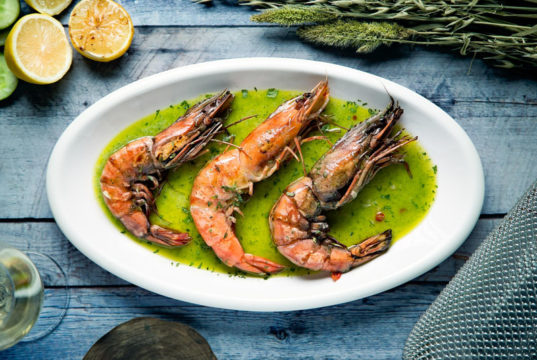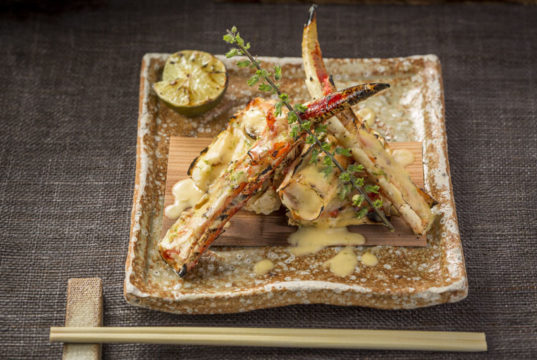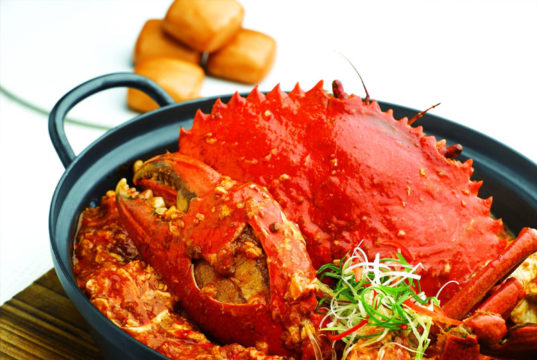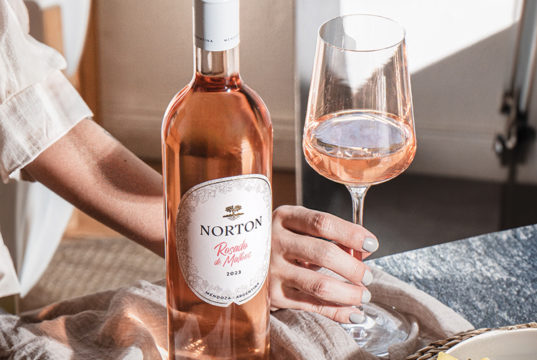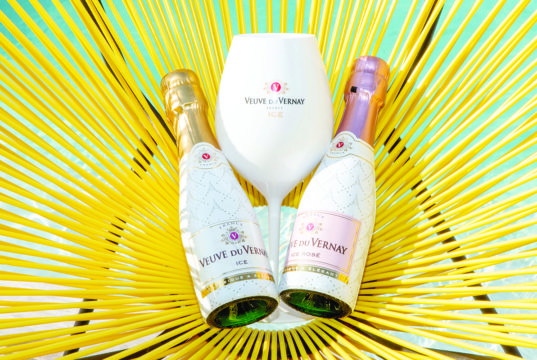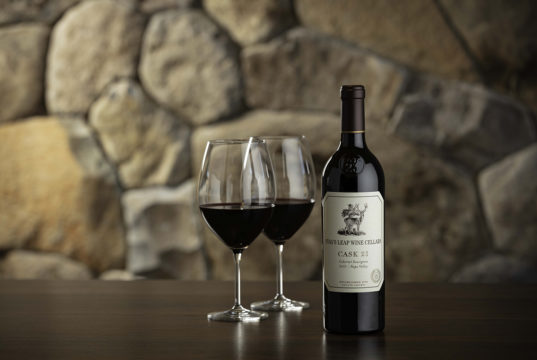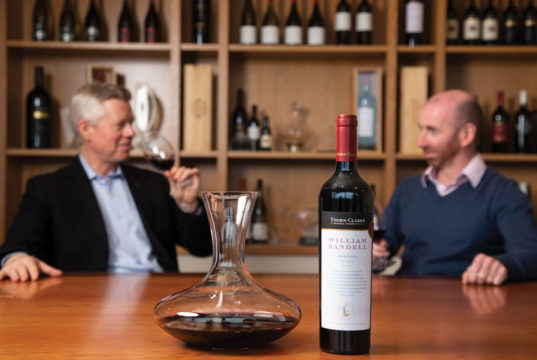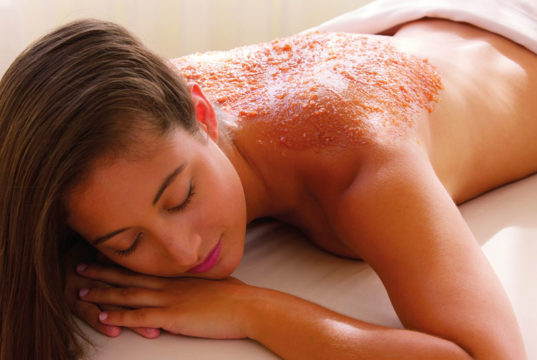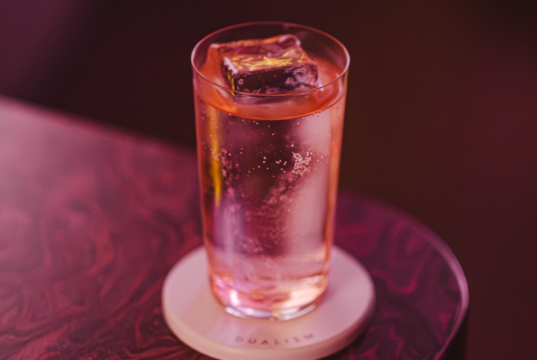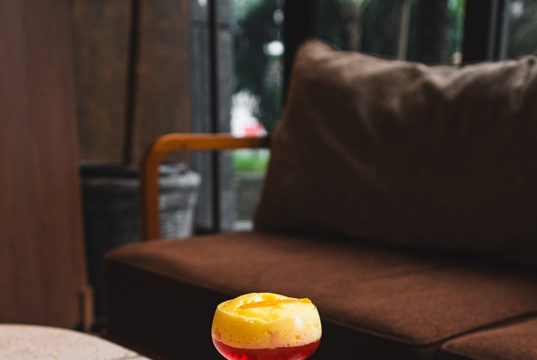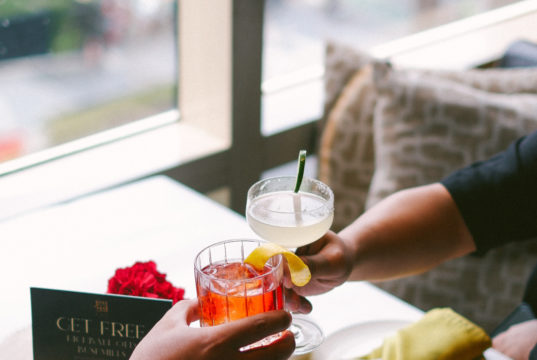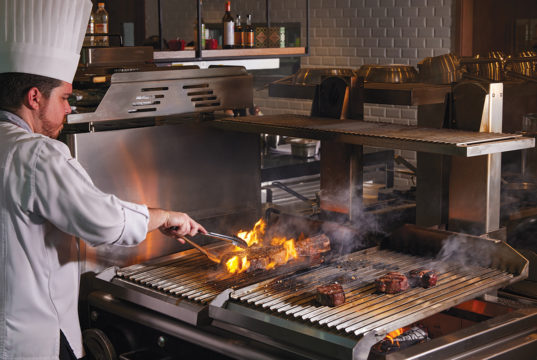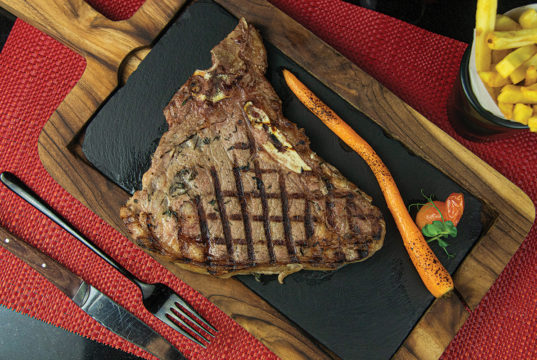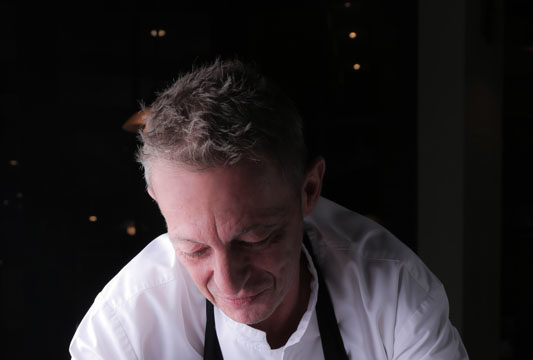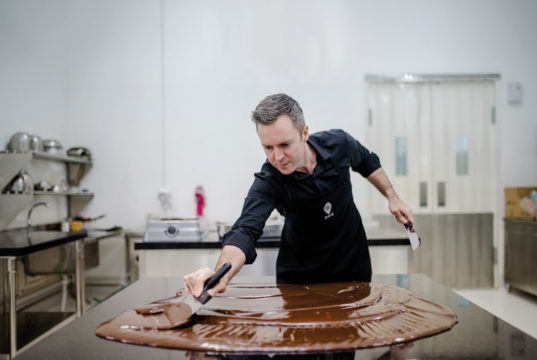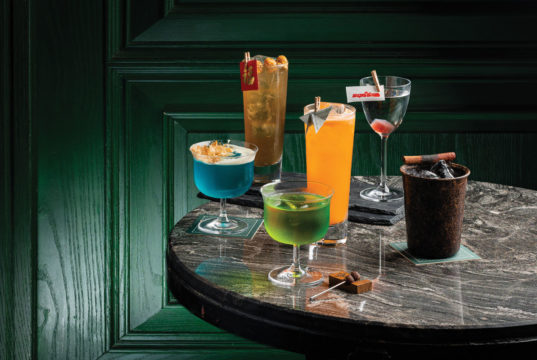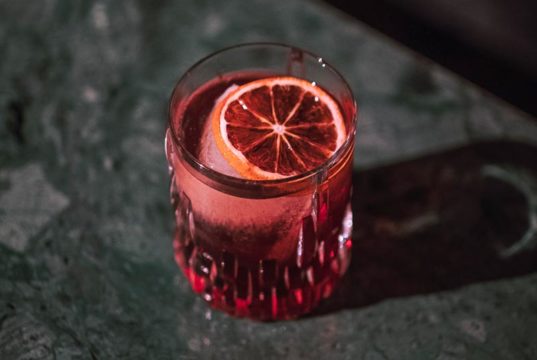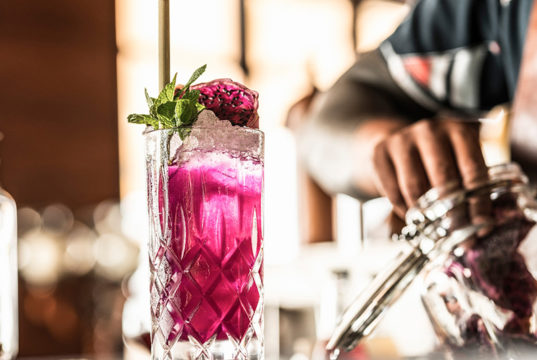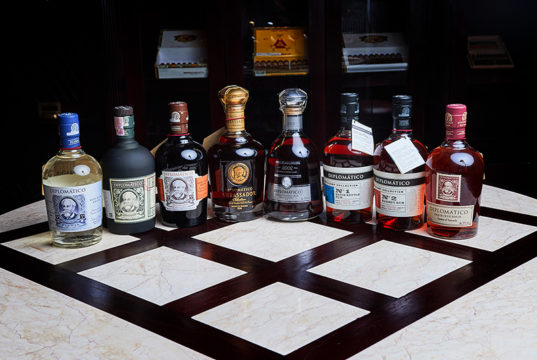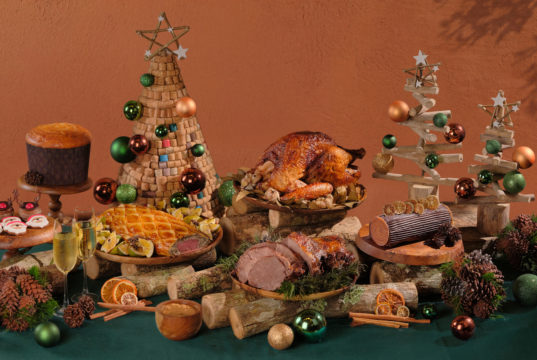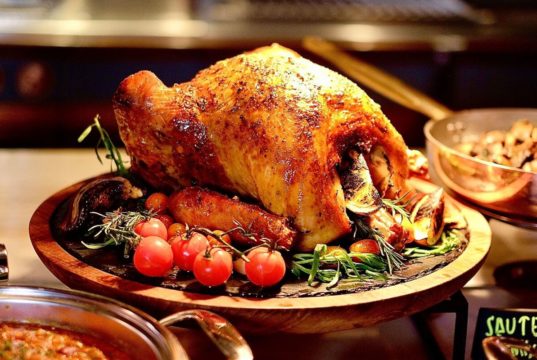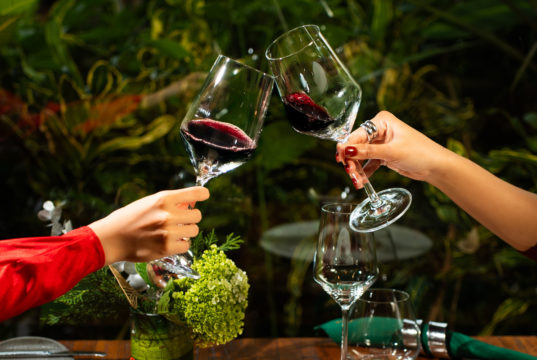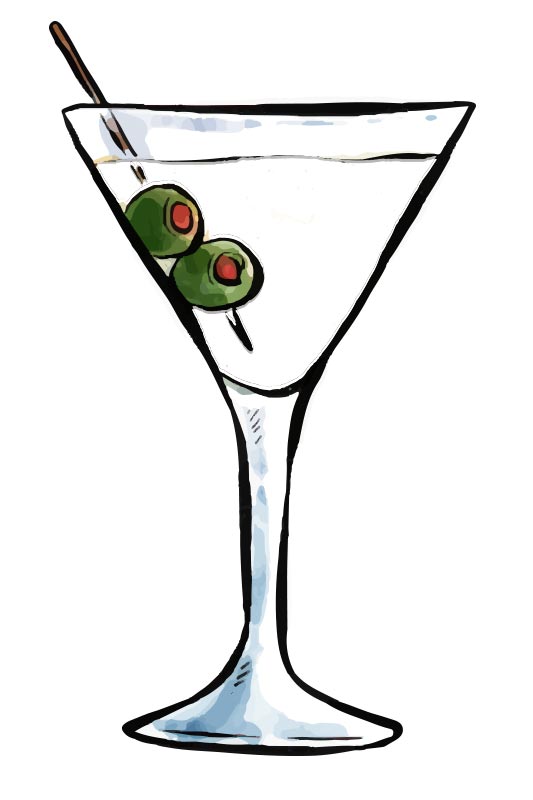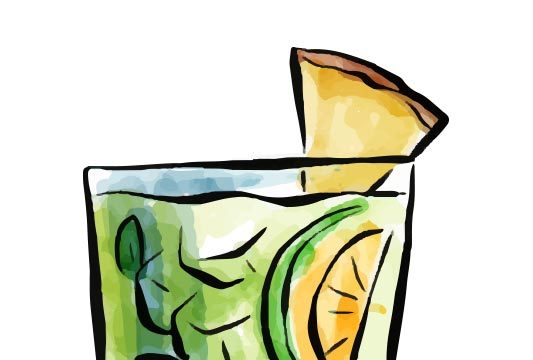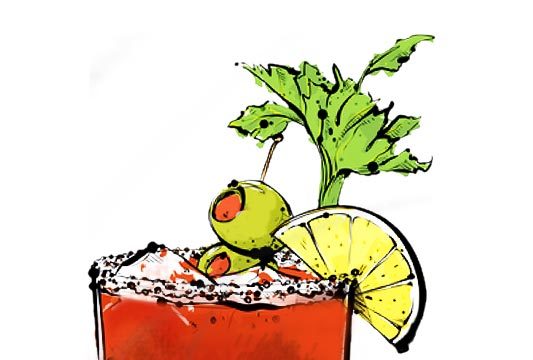A timeless cocktail, the martini and its variations have been enjoyed by cocktail aficionados since the mid 1800s. A mix of gin and white vermouth garnished with olives or a lemon twist, every good bartender will offer a classic martini along with countless, often locally inspired, variations.
A dry martini is made with dry white vermouth, while the dirty martini contains a splash of olive brine or olive juice that adds a salty edge. The signature James Bond tipple, shaken not stirred, is a Bradford martini as advocated in the 1930 Savoy Cocktail Book. A perennial favourite is the Perfect martini, which uses a mix of dry and sweet vermouth and, according to the cocktail connoisseur Noël Coward, “should be made by filling a glass with gin, then waving it in the general direction of Italy.”
There are four main theories about the origin of the martini. Jerry “The Professor” Thomas published the first-ever cocktail recipe book and the 1887 edition included the Martinez cocktail, which he invented at San Francisco’s Occidental Hotel. Others suggest it was created in the town of Martinez in the 1860s, when a bartender put together a drink with the only ingredients he had, fortified wine and gin.
Around the same time, at New York City’s Knickerbocker Hotel, bartender Martini di Arma di Taggia served a drink that blended London dry gin, Noilly Prat Vermouth and orange bitters. The least romantic idea is that it was simply a matter of branding based on Martini & Rossi’s sweet vermouth, first produced in 1863, a key component of the alluring concoction.
Exquisite Taste September – November 2019







